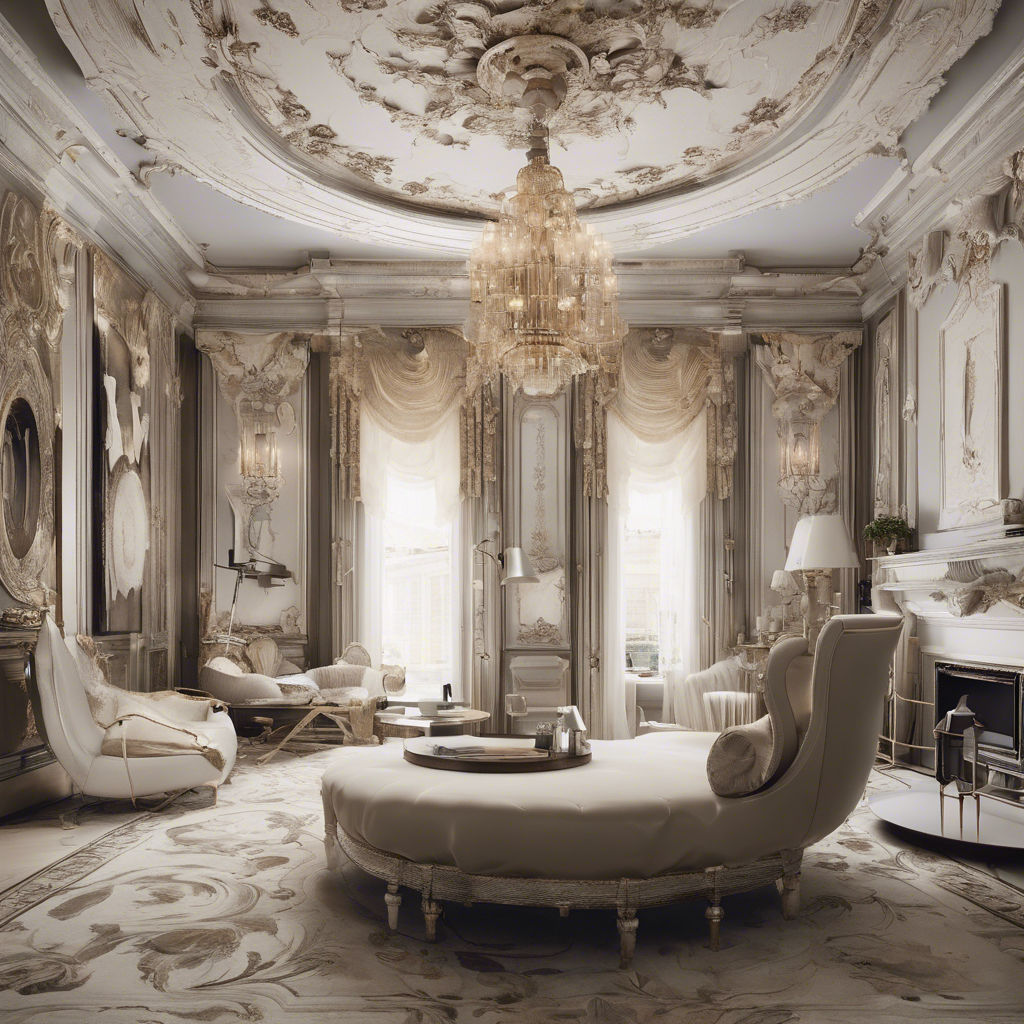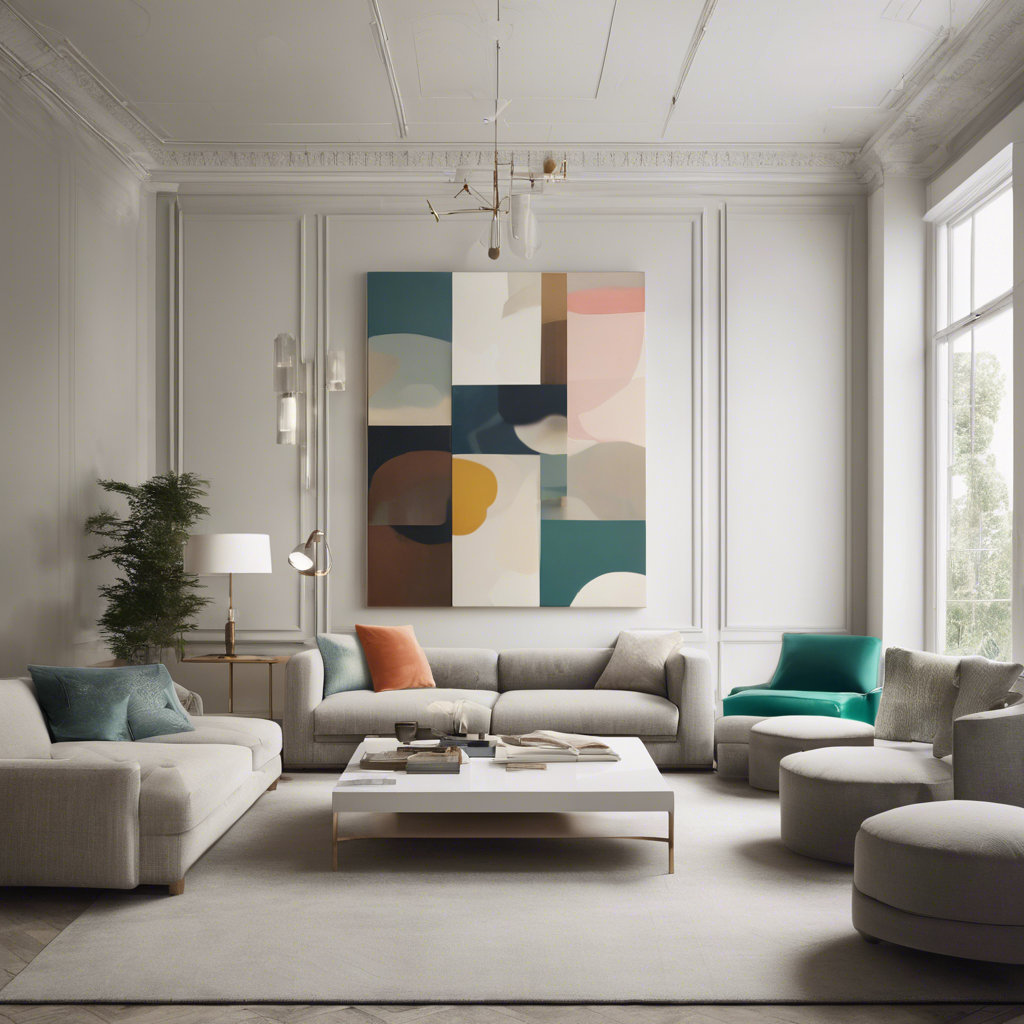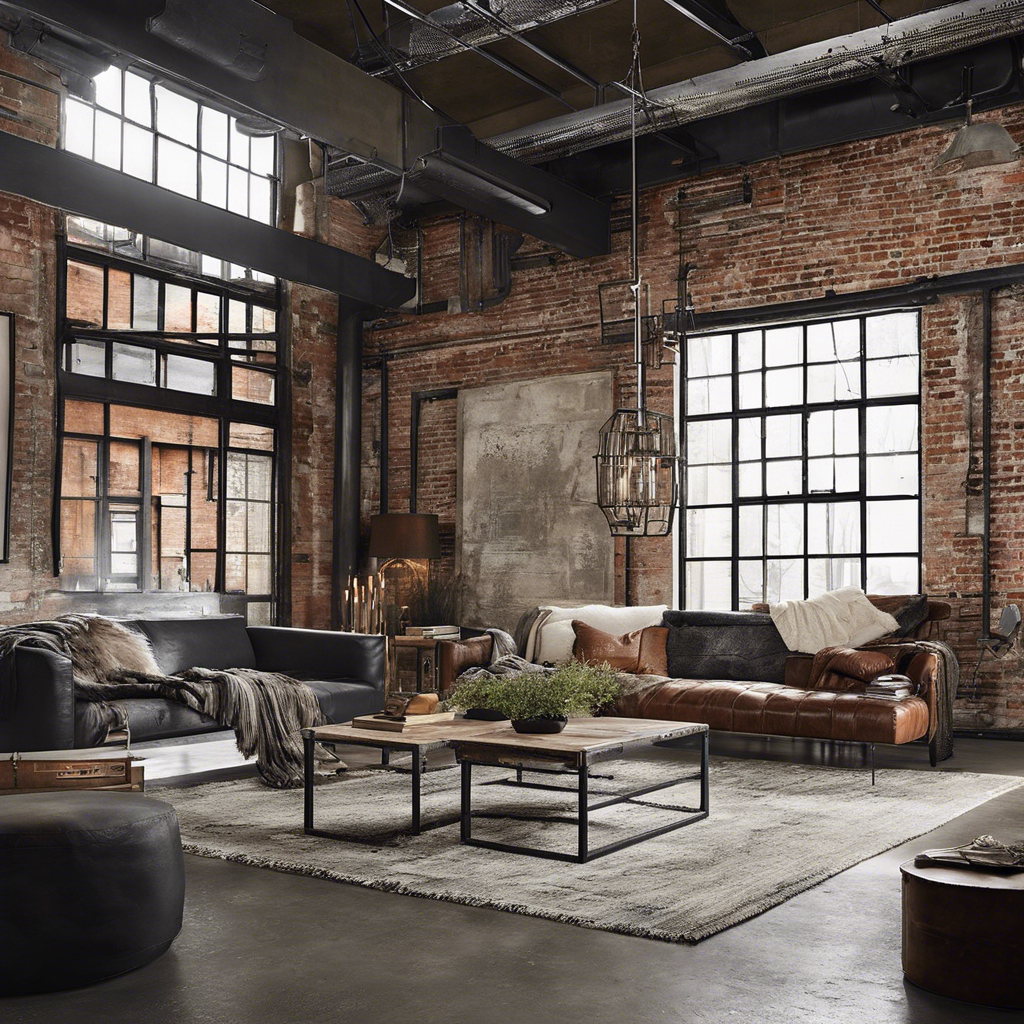I. Introduction to Modern Design

A. What Defines Interior Design?
Interior design is more than just selecting paint colors or furniture styles; it’s about creating a space that reflects your personality while meeting your functional needs. It combines aesthetics with practicality to turn a house into a home. Good interior design considers the layout, lighting, and visual harmony, blending these elements seamlessly.
B. The Evolution of Interior Design Styles
Over the decades, interior design has transformed significantly, influenced by cultural shifts, technological advancements, and changes in lifestyle. From the ornate detailing of Victorian style to the slick lines of modern design, each era leaves a mark that shapes today’s choices. Now, we find ourselves in a globally interconnected world where diverse styles mingle, allowing for unique interpretations.
C. The Importance of Personalization in Design
One of the most beautiful aspects of interior design is the opportunity for personalization. It’s your chance to infuse a space with your touch—whether through artwork that inspires you, family heirlooms, or colors that evoke joy. Personalization turns a generic room into a sanctuary that tells your story.
II. Minimalism: Embracing Simplicity

A. Key Characteristics of Minimalist Design
Minimalism is all about “less is more.” This style focuses on clean lines, uncluttered spaces, and functional furniture. Each piece in a minimalist space serves a purpose, which not only looks sophisticated but also creates a sense of calm.
B. Color Palettes: Neutral Tones and Natural Elements
The typical color palette for minimalist design tends to feature neutral shades—whites, greys, and soft beiges—often accented with natural textures. Incorporating materials like wood or stone can bring warmth and balance to the cool tones.
C. Tips for Achieving a Minimalist Aesthetic
To achieve a minimalist aesthetic:
-
- Start by decluttering your space—only keep what you truly need or love.
- Choose furniture that has a simple design and forgo excessive accessories.
- Embrace the idea of open spaces; avoid overcrowding rooms with furniture.
III. Industrial Chic: The Urban Edge

A. Understanding Industrial Design Elements
Industrial design is inspired by urban environments, featuring raw, edgy characteristics. This style often showcases structural elements like exposed beams and brick walls, creating an unfinished, authentic vibe.
Depth
To achieve a true bohemian vibe, layer your textiles and m
B. Common Materials Used: Metal, Wood, and Concrete
In industrial spaces, materials like metal, reclaimed wood, and concrete take center stage. These elements provide a sense of ruggedness and are often used in furniture pieces and architectural details.
C. Creating a Cozy Atmosphere in an Industrial Space
Despite its raw feel, it’s possible to make an industrial space feel cozy:
- Use soft textiles, like plush rugs and pillows, to add warmth.
- Incorporate greenery with indoor plants to soften the hard surfaces.
- Carefully choose lighting—think Edison bulbs or vintage fixtures to highlight the charm.
IV. Bohemian Style: A Free-Spirited Approach

A. Defining Bohemian Aesthetics: Colors and Textures
Bohemian style is a celebration of creativity, featuring a mix of vibrant colors and rich textures. From deep reds to bright yellows, the palette is lively and warm.
B. Incorporating Vintage Pieces and Global Influences
This design style often employs vintage furniture and textiles from around the globe. Think ethnic patterns, handwoven rugs, and eclectic decor—each piece adding a layer of history and personality.
C. Creating Layers and Mixing Patterns for
ix patterns. For example, stack printed cushions on a raw linen sofa or hang various tapestries on the wall for visual interest.
V. Mid-Century Modern: Timeless Elegance
A. Historical Context and Its Influence on Today’s Designs
Mid-century modern design emerged in the mid-20th century, reflecting a minimalist aesthetic combined with organic forms. Its influence can be seen in contemporary designs that prioritize function without sacrificing style.
B. Iconic Furniture and Décor Elements
Think of iconic pieces like the Eames Lounge Chair or the Tulip Table. These items often feature sleek lines and high-quality materials, standing the test of time perfectly.
C. How to Integrate Mid-Century Pieces into a Modern Space
To mix mid-century elements into your modern space:
- Select key furniture pieces that act as statement items.
- Balance these with contemporary accessories that complement but don’t overpower.
- Use a neutral backdrop to let these pieces shine.
VI. Scandinavian Style: Functionality Meets Cozy Comfort
A. Core Principles of Scandinavian Design
Scandinavian design is rooted in simplicity, functionality, and beauty. It emphasizes the importance of light and airy spaces, focusing on clean lines and open layouts.
B. The Role of Light and Airy Spaces
Natural light is crucial in Scandinavian design, with large windows often positioned to allow for an abundance of it. Light colors create an open and welcoming environment.
C. Practical Tips for Achieving a Scandinavian Look
To capture the Scandinavian aesthetic:
- Use a muted color palette with pops of color in accessories.
- Invest in multi-functional furniture that conserves space.
- Create a cozy atmosphere with textiles, like knitted throws and cushions.
VII. Summary and Conclusion
A. Recap of Key Design Styles and Their Features
Throughout this guide, we’ve explored diverse design styles that reflect individuality and cater to different aesthetics—whether you’re drawn to the simplicity of minimalism, the urban grit of industrial chic, the eclectic nature of bohemian style, the timeless nature of mid-century modern, or the cozy functionality of Scandinavian design.
B. Encouragement to Explore and Personalize Your Space
Remember, the best interior design reflects who you are. Don’t hesitate to mix styles or add personal touches that resonate with you. Your home should be a canvas that mirrors your personality and values.
C. Final Thoughts on the Impact of Interior Design on Well-being
Ultimately, the right design can enhance your mood, productivity, and overall well-being. Embrace the process of designing your space and let it unfold in a way that feels true to you.
VIII. Frequently Asked Questions (FAQs)
A. How do I choose the right design style for my home?
Start by reflecting on what makes you feel comfortable and happy. Look through inspiration boards, magazines, or online resources to identify styles that resonate with you.
B. Can I combine different interior design styles?
Absolutely! Mixing styles can create a unique look. Combine pieces thoughtfully, ensuring they balance each other and maintain a cohesive feel.
C. What are some budget-friendly tips for modernizing my home?
- Shop at thrift stores or online marketplaces for unique finds.
- Get creative with DIY projects.
- Focus on smaller updates, like changing the lighting or adding artwork, to refresh your space without a big investment.
